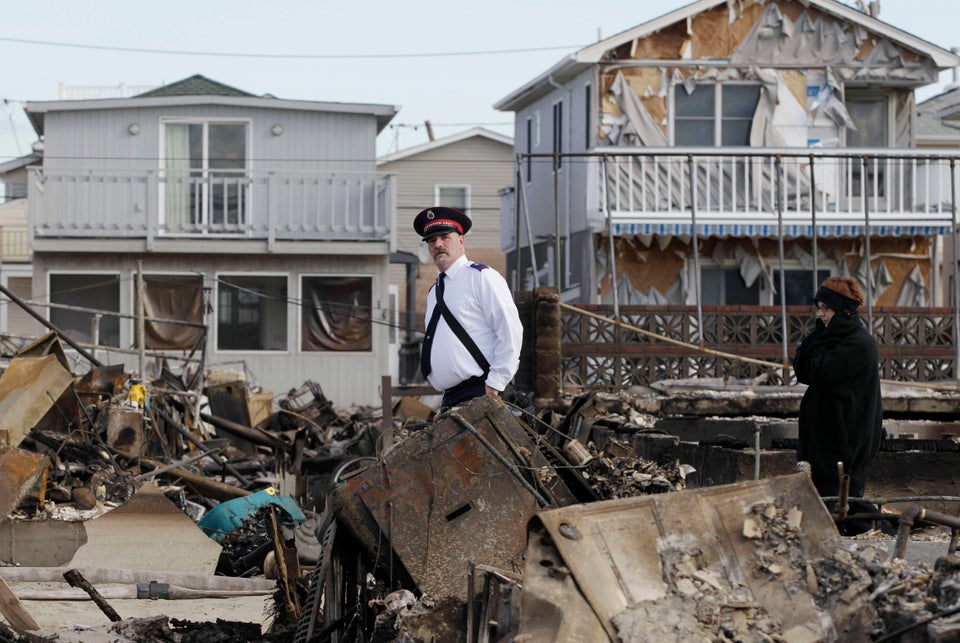
This week's Family Dinner Table Talk, from HuffPost and The Family Dinner book:
This week, the East Coast was hit with a massive “superstorm” that left at least 92 people dead and caused billions of dollars in damage.
Hurricane Sandy was not just a hurricane. Before it even arrived, people started calling Sandy “Frankenstorm” because it was a mix of several different kinds of dangerous bad weather. While the East Coast has had its fair share of bad storms -- like last year’s freak October snowfall -- this was one of the worst local weather events yet.
In the storm’s wake, President Obama has declared New York and New Jersey disaster areas. Iconic sites like Coney Island and the boardwalk in Atlantic City have felt the wrath of wind and water. Of the 8.5 million homes and businesses that initially lost power because of the storm, 3.8 million still have no electricity days later; schools in New York City have been closed for the entire week, and much of the city’s subway system is still not working.
The storm has brought discussions of climate change into the news, with The New York Times’ Nicholas Kristof asking, "Isn’t it time to talk not only about weather, but also about climate?" and one magazine in particular going all-out to make its point.
Even if your family wasn't in the storm's path yourself, there are many ways to support those who were. Get started by talking about how to help at the family table tonight -- and t o learn more, visit HuffPost Impact’s list of ways to make a difference.
Questions for discussion:
- Do you live in an area that was affected by Hurricane Sandy? Do you know other people who do?
- How can you help victims of the storm?
- What are the best ways to prepare for a natural disaster?
- What can the country do to prepare for the effects of climate change, and what can we do to prevent it?
In her cookbook, The Family Dinner, Laurie David talks about the importance of families making a ritual of sitting down to dinner together, and how family dinners offer a great opportunity for meaningful discussions about the day's news. "Dinner," she says, "is as much about digestible conversation as it is about delicious food."
We couldn't agree more. So HuffPost has joined with Laurie and every Friday afternoon, just in time for dinner, our editors highlight one of the most compelling news stories of the week -- stories that will spark a lively discussion among the whole family.
